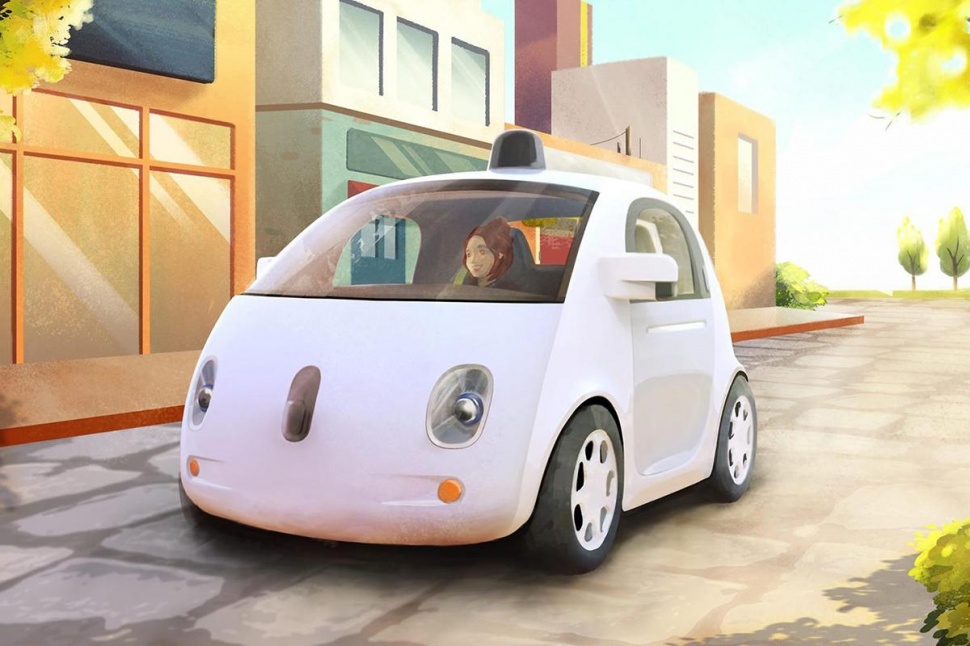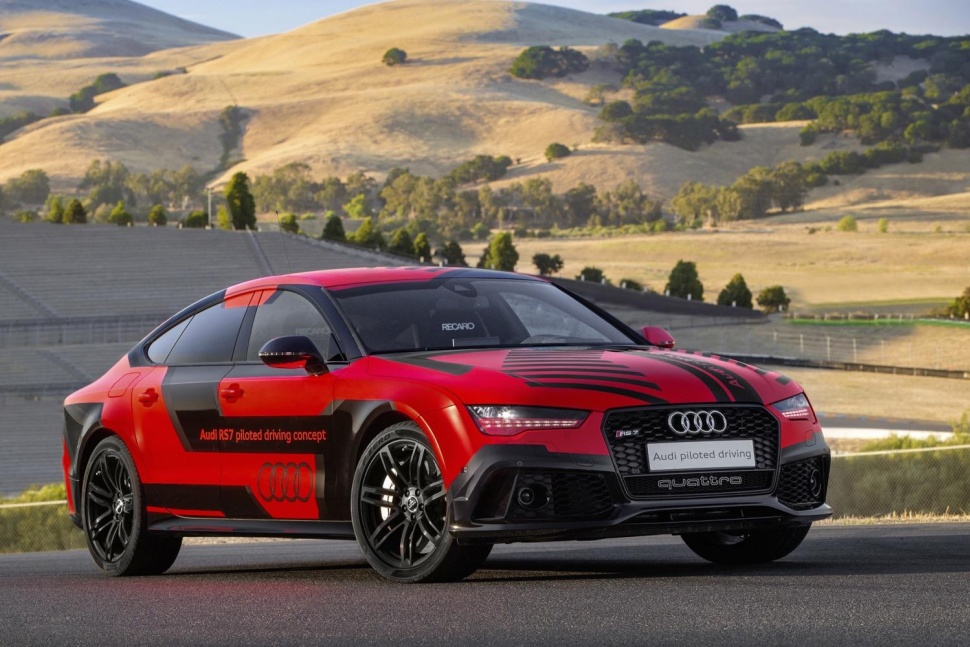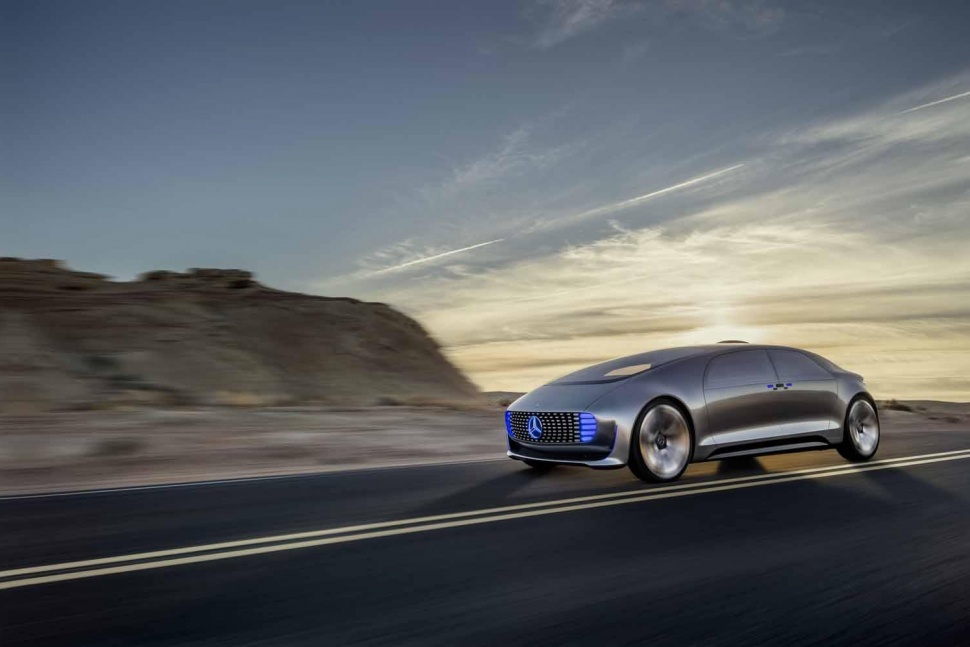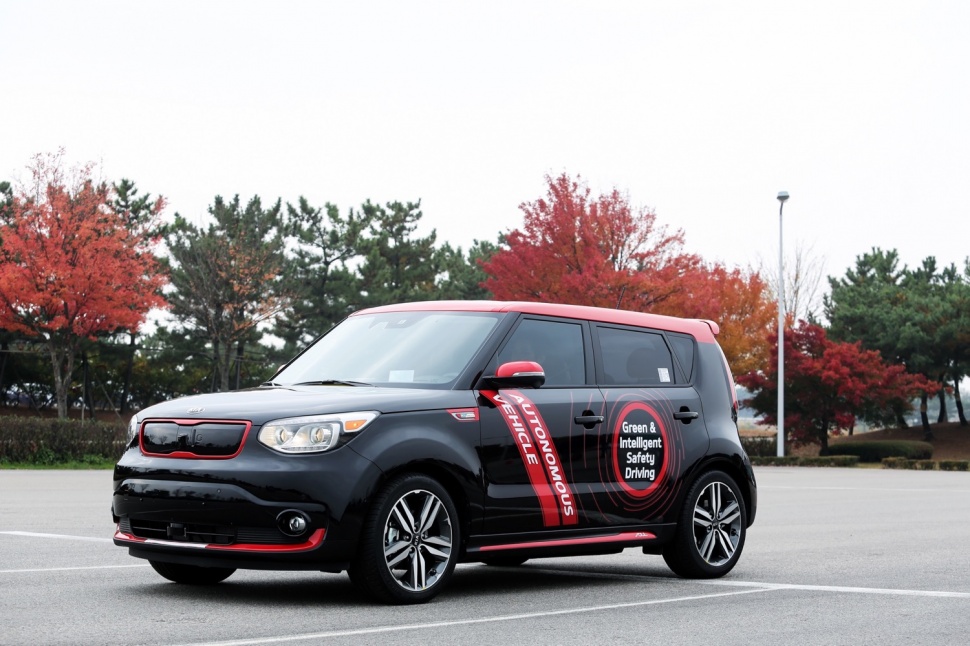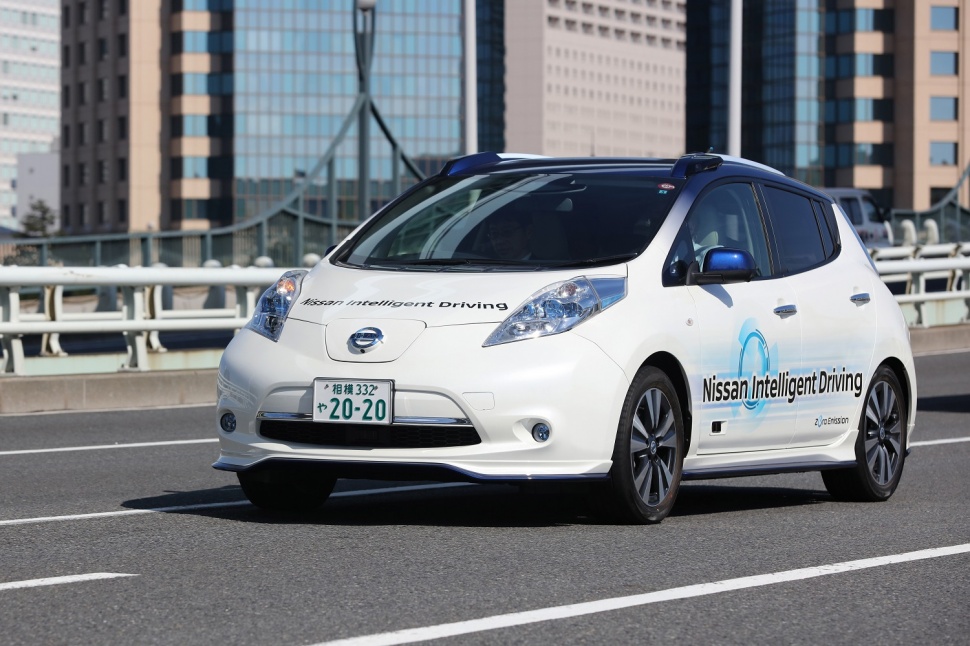
According to the statement, the Obama Administration will look to add $4 billion to the 2017 budget to “accelerate the development and adoption of safe vehicle automation through real-world pilot projects.” It’s too early to tell where exactly the money will go — the full budget will not be revealed until February 9 — but investments in autonomous frameworks such as vehicle-to-infrastructure communication systems are likely a given.
In addition, DOT Secretary Anthony Foxx revealed plans to institute a countrywide regulatory framework for autonomous vehicle development. Currently, states make their own rules pertaining to autonomous cars, and Foxx believes a national policy will remove “potential roadblocks to the integration of innovative, transformational automotive technology.”
“We are on the cusp of a new era in automotive technology with enormous potential to save lives, reduce greenhouse gas emissions, and transform mobility for the American people,” Foxx said at the 2016 Detroit Auto Show. “Today’s actions and those we will pursue in the coming months will provide the foundation and the path forward for manufacturers, state officials, and consumers to use new technologies and achieve their full safety potential.”
Foxx says that within six months, the National Highway Traffic Safety Administration and auto industry leaders will develop a model state policy to test the waters for a national framework.
Like it or not, the autonomous future is really starting to ramp up, and the world of driving will be forever changed because of it. For more news on self-driving vehicles and the government’s strategies, stay tuned to DT Cars.
